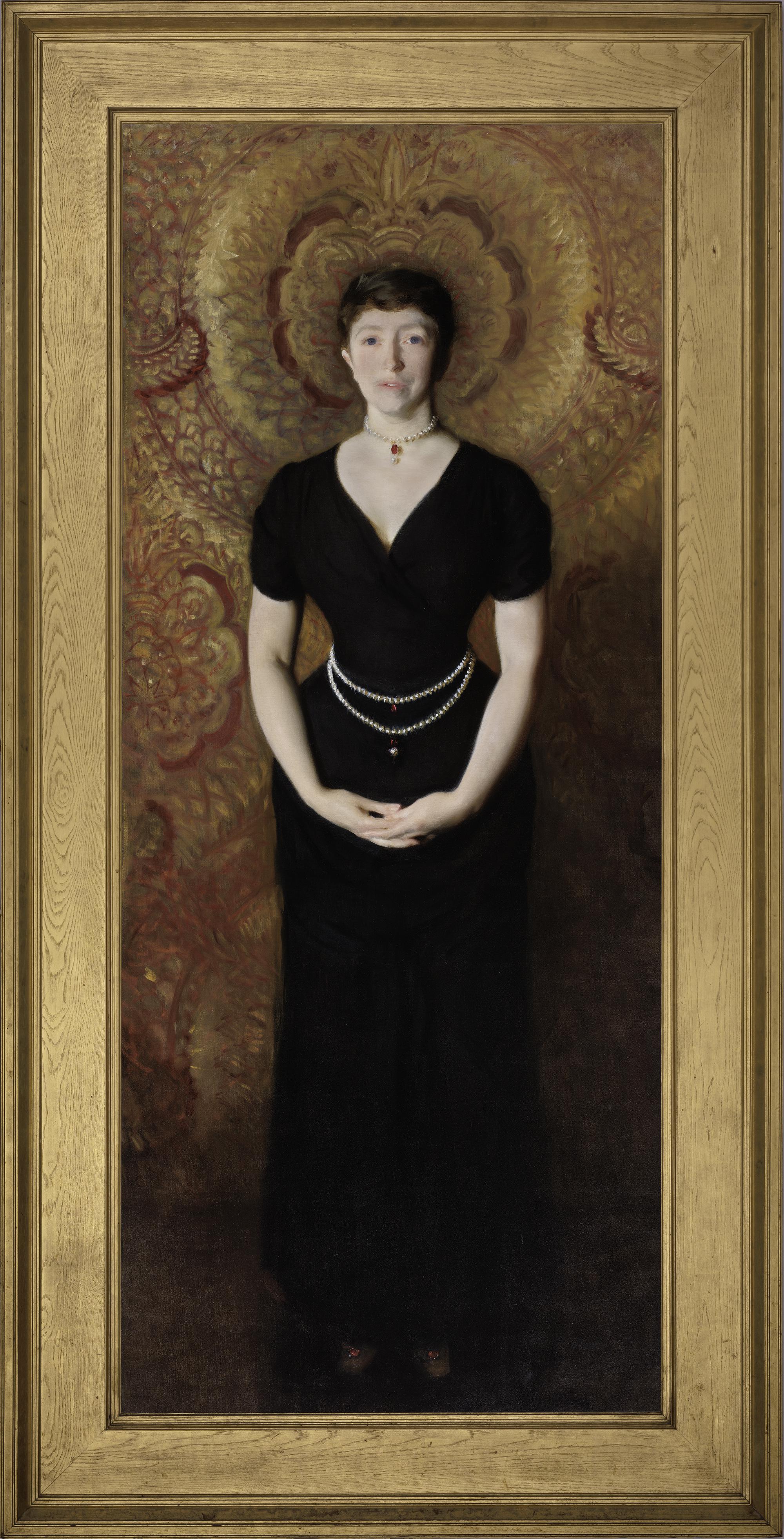In today’s modern world, there has been a premium placed on the act of reducing clutter and leading a simpler life. From the Minimalists to the KonMari Method, individuals are taking note and trying to live a more meaningful life through the act of downsizing and decluttering. However, there is a basic human instinct and desire to want to collect things and many ask themselves what is worth keeping and holding onto for generations to come.
During the 19th and 20th centuries, the opposite of living a simpler life was true, and the art of collecting was seen as a sign of wealth in America, especially for those who collected art. This fall, learn more about art, great wealth and obsession in, “Great American Art Collectors: Eccentric Lives, Eminent Collections,” where art historian Kitty Klauber will examine the lives and legacies of some of the greatest American art collectors including Isabella Stewart Gardner, Solomon Guggenheim and Albert Barnes. She will also share the stories of these collectors and the artists they befriended such as Frank Lloyd Wright, John Singer Sargent and Pablo Picasso.
We recently had the opportunity to ask Ms. Klauber about her upcoming course, and she shared her responses below.
Which American art collector do you think has had the biggest impact in the art world?
That's a difficult question to answer! Beyond an intense love of art, the financial means with which to collect it and a plan as to its future exhibition – which all five of our collectors possessed – Solomon Guggenheim and Albert Barnes might well be tied for first place at the top of a list of ‘greatest impact.’ In spite of the fact that all five knew artists and promoted them to varying degrees, Guggenheim and Barnes also actively fostered art theoretical re-education based on personal purpose-driven studies and reflection. Although it's arguable that Guggenheim was ultimately more successful than Barnes, both have greatly impacted the art world by prompting us to consider new theoretical ways to think about art.

by John Singer Sargent. PD-US
What first sparked your interest in the relationships/stories between these collectors and artists?
I've been fascinated with why art is made, how it is viewed, collected and conserved since I was taken to the Huntington Library and Museum in San Marino, California when I was eight years old. It wasn't until I read Michael Kimmelman's “The Accidental Masterpiece: On the Art of Life and Vice Versa” that I began to truly understand the quixotic obsession to create and collect.
If you had to pick a favorite American art museum, which would it be?
Ah! Another difficult question ... I have many favorites across the country, but the Huntington, the Frick, the Guggenheim and the Getty Villa are all very high on the list. And I'd be remiss if I didn't mention a tiny aged docent who offered a tour of the Salvador Dali Museum in St. Petersburg, Florida ... I still treasure my time spent listening to her talk about the artist. (And isn't that the real basis for a “favorite museum”?!)
Which American art collector’s story do you find the most fascinating?
Albert Barnes – who was brilliant, headstrong, astute and possessed a revolutionary's total disregard for the art establishment.
What do you expect students to take away from this class?
I want my students to find themselves energized by the art, desires and larger-than-life success of these idiosyncratic and highly-driven collectors and their collections. Through exposure to these stories, I hope my students will also develop ever more pleasure and purpose in art – wherever they may find it.
Join us beginning Tuesday, October 6 (daytime or evening sessions available) in “Great American Art Collectors: Eccentric Lives, Eminent Collections” and rediscover some of the greatest American collectors and their collections that will reach the masses for generations to come.

